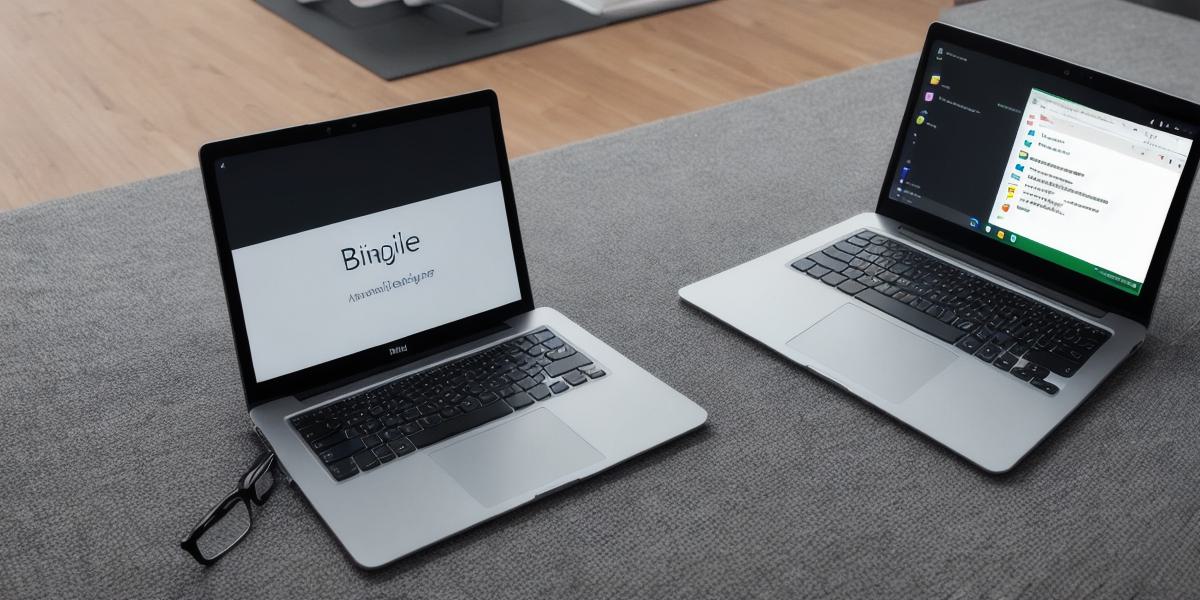Android is one of the most popular mobile platforms, and it’s no surprise that many developers are interested in building apps for it. If you’re new to Android development or looking to switch to Kotlin from Java, this guide will provide you with everything you need to know to get started. We’ll cover the basics of Kotlin syntax, best practices for Android app development, and some real-world examples to help you apply what you’ve learned.
Kotlin vs Java: What’s the Difference?

Before we dive into Android development with Kotlin, it’s important to understand what makes Kotlin different from Java. Kotlin is a statically typed programming language that was developed by JetBrains, and it’s designed to be more concise and expressive than Java. Some of the key differences between Kotlin and Java include:
- Null safety: Kotlin is a null-safe language, which means that you can’t assign null values to variables or call methods on null objects. This helps prevent runtime errors and makes your code more robust.
- Extension functions: Kotlin allows you to define extension functions for existing classes, which enables you to add new functionality without modifying the original class. This can save a lot of time and effort when working with existing libraries.
- Smart casts: Kotlin supports smart casts, which automatically convert values between types at compile-time. This makes your code more readable and easier to maintain.
- Coroutines: Kotlin provides built-in support for coroutines, which are lightweight threads that can be used to run asynchronous tasks in the background. This can help improve performance and reduce blocking of the main thread.
Getting Started with Kotlin
Now that we’ve covered some of the key differences between Kotlin and Java, let’s take a look at how you can get started with Kotlin in Android development. The first step is to install the Android Studio IDE, which supports both Kotlin and Java development. Once you have Android Studio installed, you can create a new project and choose Kotlin as the language for your app.
Next, you’ll need to familiarize yourself with the basics of Kotlin syntax. Some of the most important features to learn include:
- Variables: In Kotlin, variables are declared using the "var" keyword, followed by the variable name and data type. For example:
<h2>var myName: String "John Doe"</h2> - Functions: Functions in Kotlin are declared using the "fun" keyword, followed by the function name and parameters. You can also define default parameters and return types for your functions.
- Classes and objects: In Kotlin, classes are defined using the "class" keyword, followed by the class name and properties. You can then create instances of your classes using the "new" keyword, like this:
<h2>class Person(val name: String, val age: Int) {</h2> fun introduce() println("Hello, I'm $name and I'm ${age} years old.") }
var john Person(“John Doe”, 30)
john.introduce()
4. Loops: Kotlin supports several types of loops, including for loops, while loops, and do-while loops. You can also use the "repeat" function to iterate over a range of values.
5. Control flow: Kotlin provides several control flow constructs, such as if statements and switch expressions, which you can use to control the execution of your code.
<h2>Best Practices for Android App Development with Kotlin</h2>
Now that you have a basic understanding of Kotlin syntax, let's take a look at some best practices for Android app development with Kotlin.